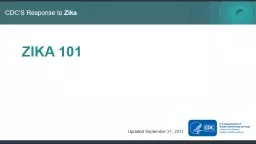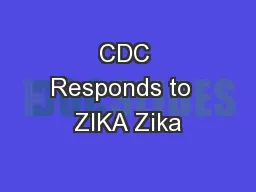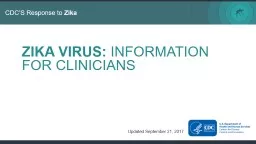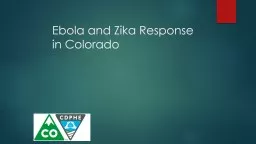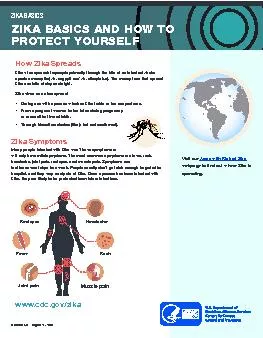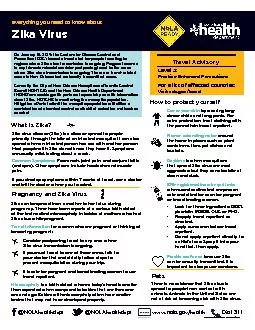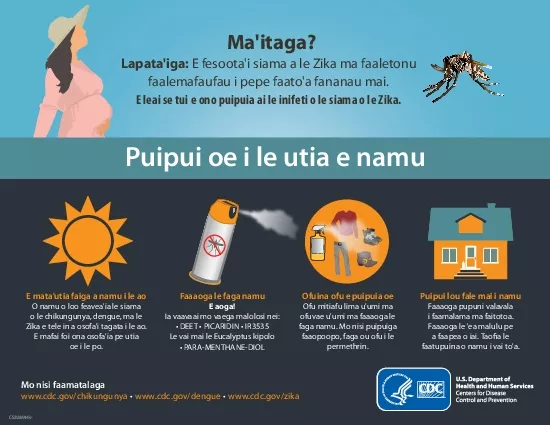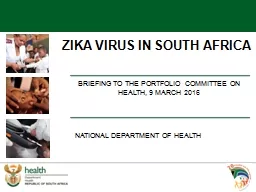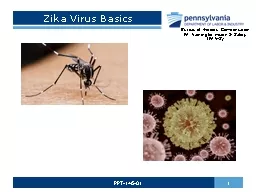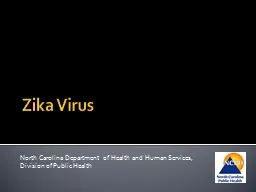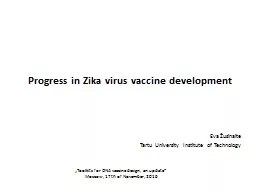PPT-ZIKA 101 Updated September 21,
Author : celsa-spraggs | Published Date : 2018-09-18
2017 Introduction Zika virus is spread to people primarily through the bite of an infected Aedes species mosquito Ae aegypti and Ae albopictus Many people
Presentation Embed Code
Download Presentation
Download Presentation The PPT/PDF document "ZIKA 101 Updated September 21," is the property of its rightful owner. Permission is granted to download and print the materials on this website for personal, non-commercial use only, and to display it on your personal computer provided you do not modify the materials and that you retain all copyright notices contained in the materials. By downloading content from our website, you accept the terms of this agreement.
ZIKA 101 Updated September 21,: Transcript
Download Rules Of Document
"ZIKA 101 Updated September 21,"The content belongs to its owner. You may download and print it for personal use, without modification, and keep all copyright notices. By downloading, you agree to these terms.
Related Documents

